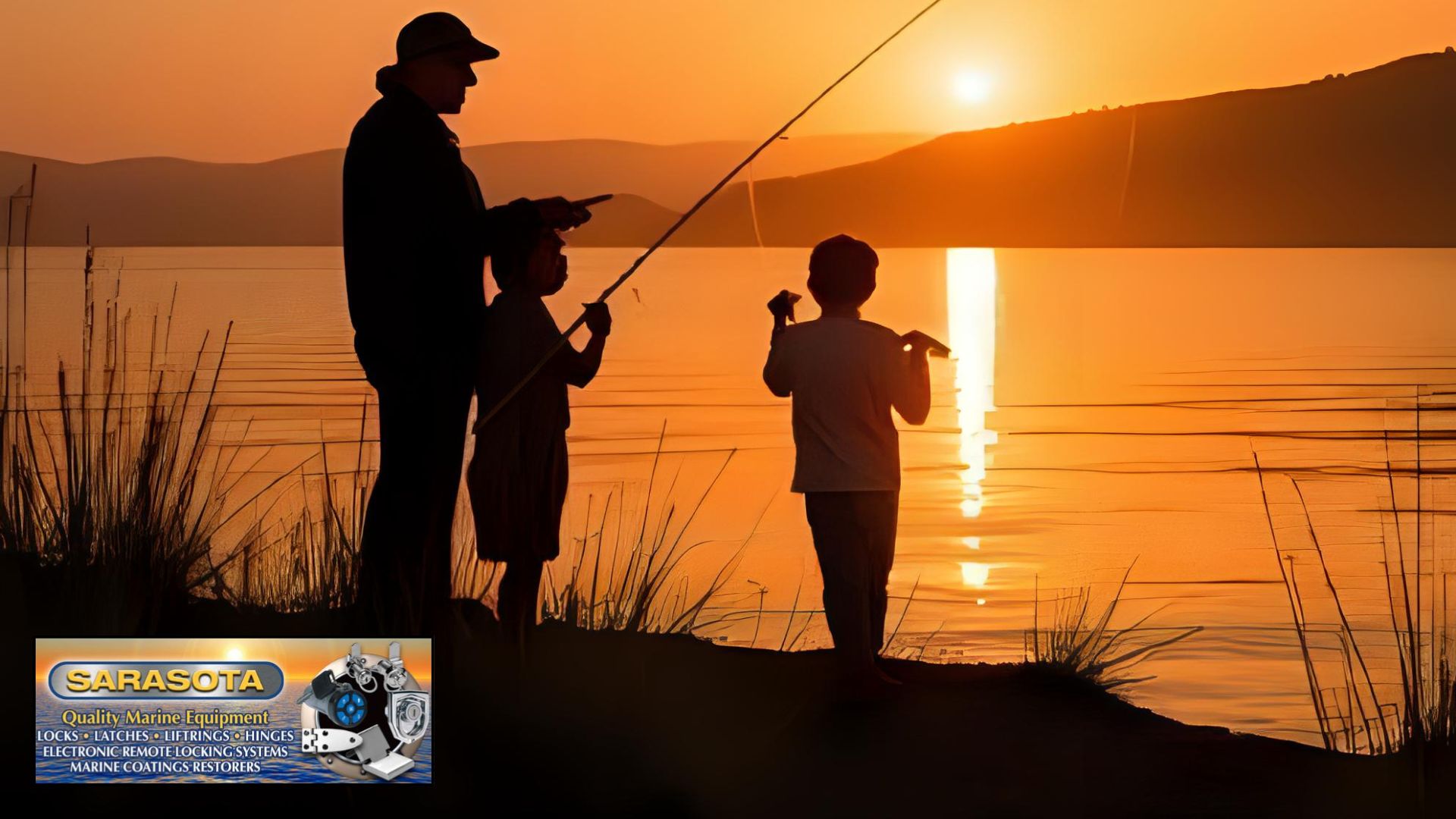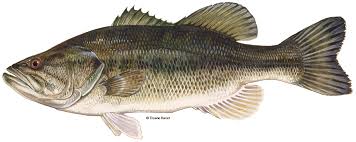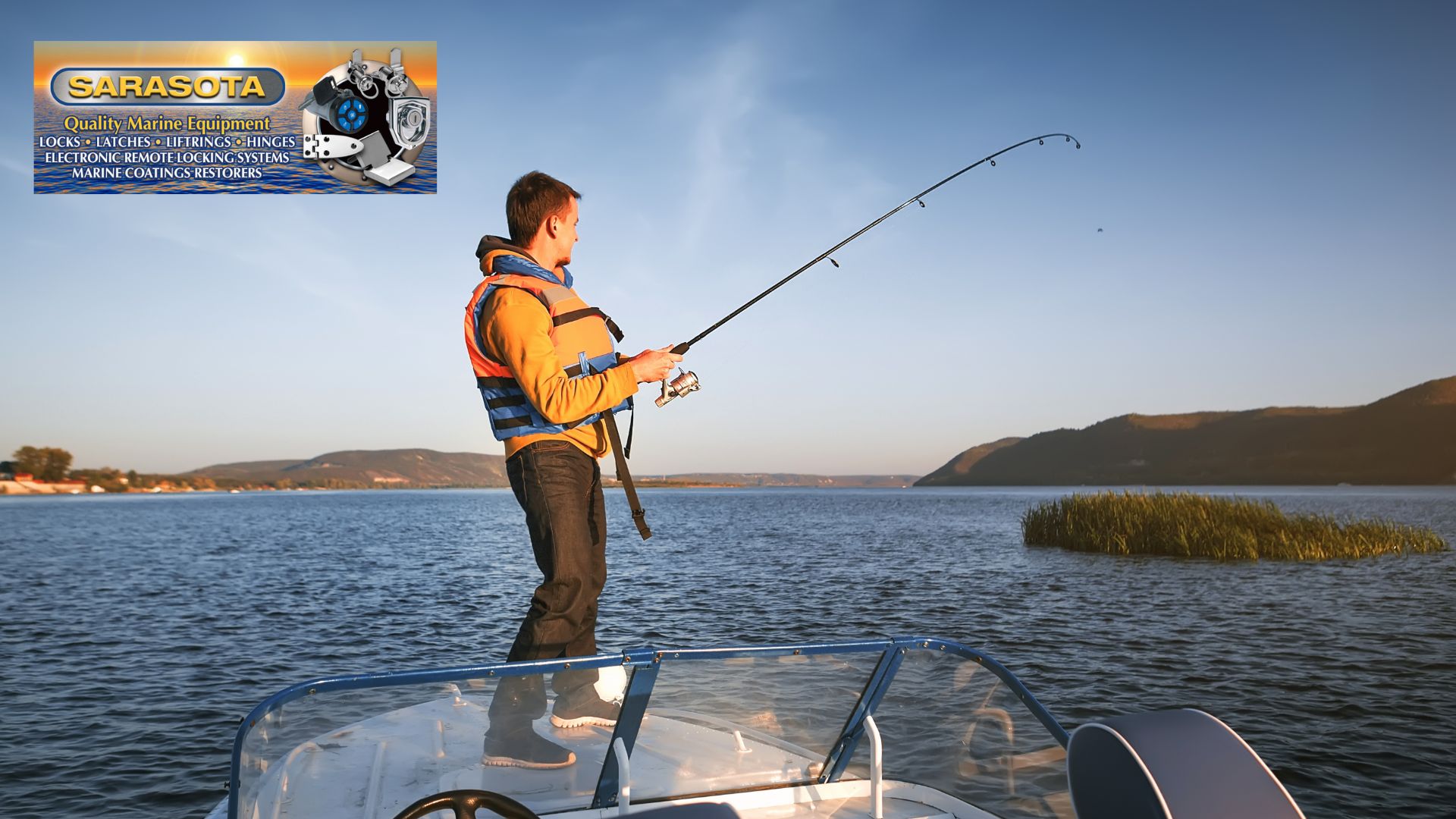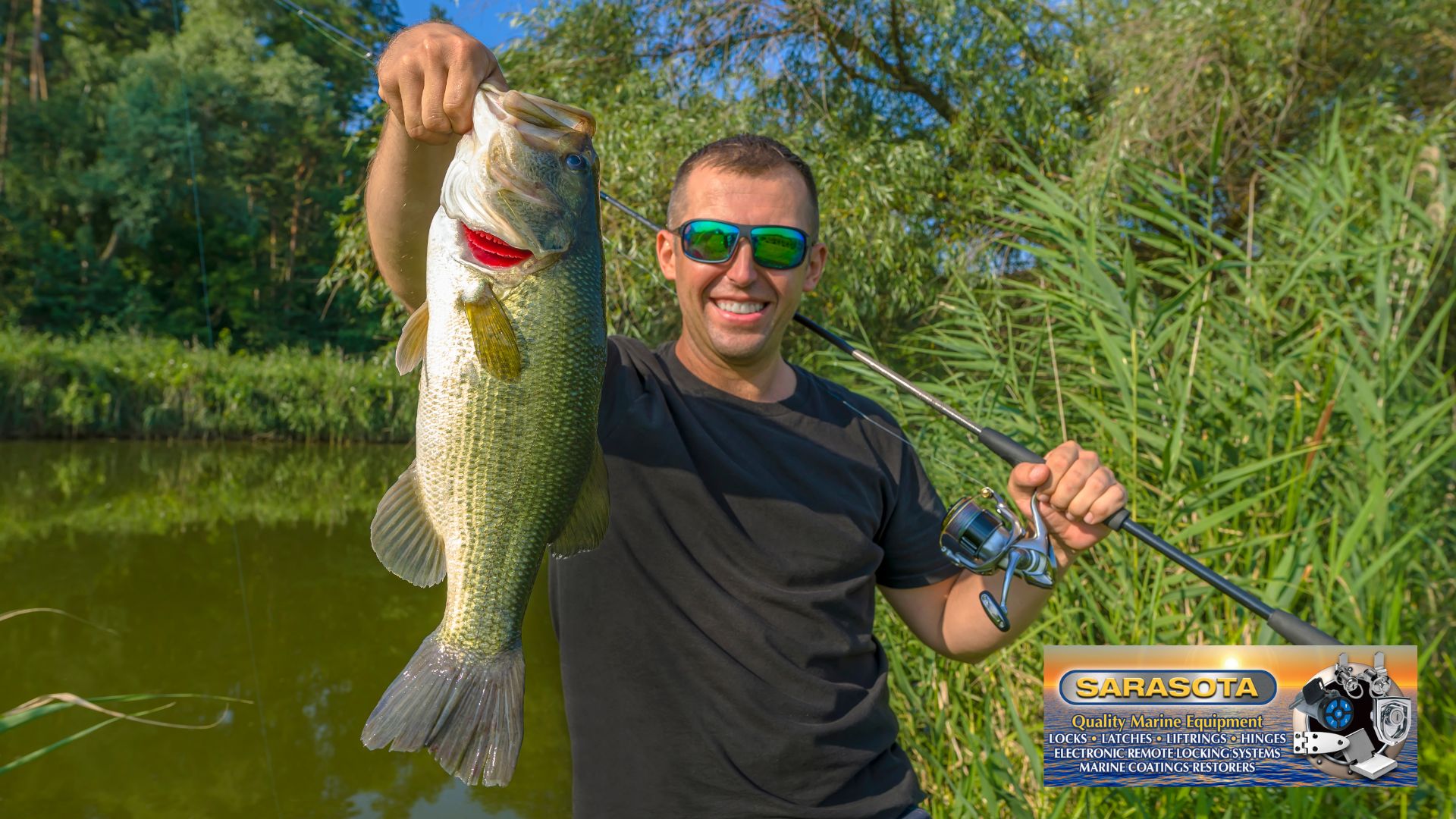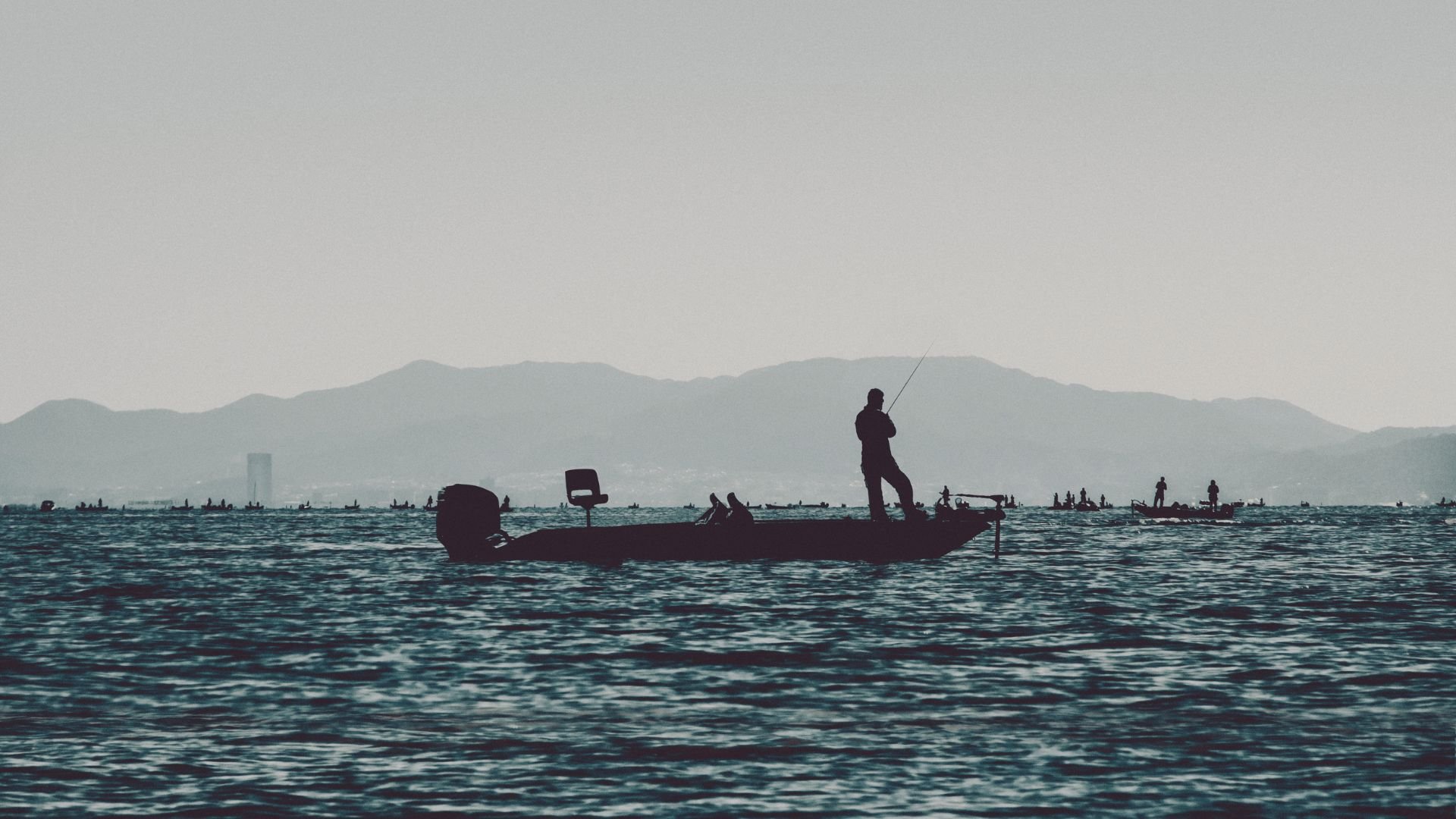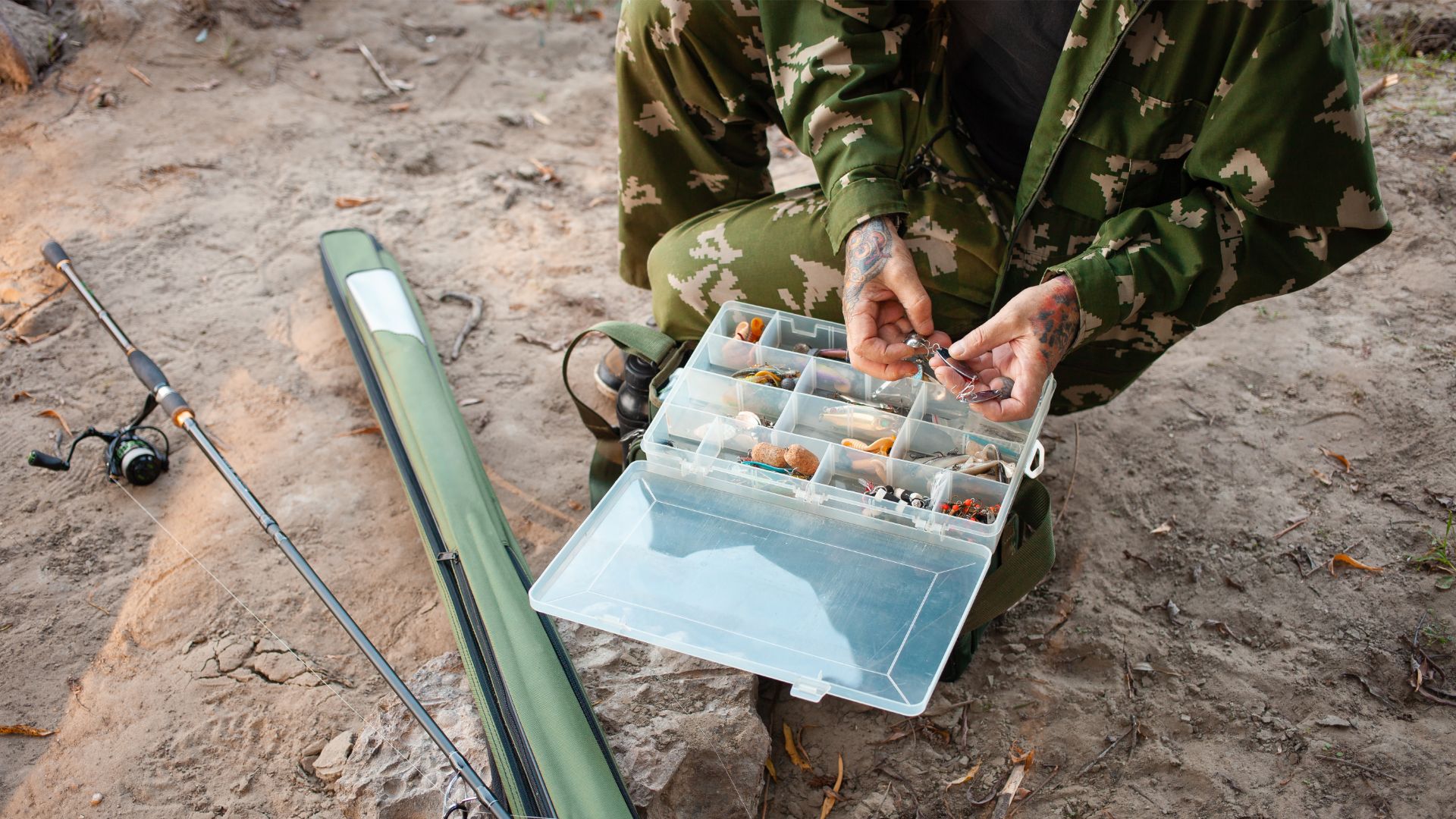The Best Fishing Gear, Gadgets, and Smart Boat Upgrades
Finding the perfect present for an angler can be tough, especially if you’re not a fisherman yourself. This holiday fishing gift guide rounds up practical, clever, and budget-friendly ideas that real anglers will actually use on the water, at the dock, and in the garage. From rods and tackle upgrades to tech gadgets and boat hardware, these gifts are designed to make every fishing trip smoother and more enjoyable.
Essential Fishing Gear Gifts for Any Angler
Quality Rod and Reel Combos
You don’t have to spend a fortune to impress the fisherman in your life. A solid mid-range rod and reel combo is often better than a flashy high-end piece that doesn’t fit their style.
Look for:
- Medium or medium-light power for all-purpose freshwater use.
- Spinning combo if you’re unsure of their preference—it’s more beginner-friendly.
- Corrosion-resistant components if they fish saltwater or brackish water.
For the Bass Angler: Consider a dedicated baitcasting combo for those who prefer power fishing with heavier lures, or a finesse spinning rod for lighter presentations. Knowing their preferred technique (jig fishing, crankbait, topwater) can help narrow down the perfect action and power.
Curated Lure and Tackle Packs
Instead of guessing on one pricey lure, put together a small, themed kit.
- A mix of soft plastics, jigs, and hooks for bass anglers.
- Spoons and spinners for trout and salmon fishermen.
- Jigs and popping corks for inshore saltwater.
For the Bass Angler: Focus on popular bass baits like jig and trailer combos, a selection of soft plastic creature baits or stick worms, or a few crankbaits/spinnerbaits in proven colors (e.g., shad, crawfish patterns). Package it in a small tackle tray so it’s ready to grab and go.
Comfort, Apparel, and On-the-Water Essentials
Performance Fishing Apparel and Sun Protection
Long days in the sun are tough on anglers. Performance apparel is a thoughtful, practical gift.
Consider:
- UPF 30+ or higher long-sleeve fishing shirts, especially hooded fishing shirts with thumb holes for maximum sun protection.
- Lightweight hoodies for sun and wind protection.
- Neck gaiters/buffs and sun gloves.
- Premium polarized sunglasses with lenses optimized for freshwater conditions (e.g., brown or amber tints) to help spot bass and structure.
Cold- and Wet-Weather Gear
Weather changes fast, especially on the water.
Great gift options:
- Packable waterproof rain jacket.
- Non-slip deck shoes or water shoes.
- Insulated fishing gloves and beanies for cold-weather trips.
- Wool or moisture-wicking socks for long days in waders.
Smart Organization and Hardware Upgrades
Many anglers have plenty of rods and lures—but what they often truly need is a better way to store, secure, and organize everything.
Taming the Clutter: Cord Organizers
Cords, ropes, extension cords, and hoses are everywhere in an angler’s life—on the boat, in the truck bed, and all over the garage. Keeping them neatly coiled and secured prevents tangles, trip hazards, and damage.
A compact, easy-to-use cord organizer like the Cord Claw by Sarasota Quality Products is perfect for:
- Dock lines and anchor ropes.
- Extension cords for aerators and work lights.
- Spare rope and tie-down straps in the truck or garage.
For the Bass Angler: These are invaluable for managing trolling motor cords, charger cables, and even securing rods during transport.
Key Management Systems
Every angler has faced that moment of panic: “Where are my boat keys?” A robust key management system keeps keys together, accessible, and secure. The Key Captain by Sarasota Quality Products is a heavy-duty option designed to hold and organize multiple key sets for:
- Boat and truck.
- Trailer locks.
- Storage sheds or dock boxes.
For the Bass Angler: This is especially useful for tournament anglers who juggle multiple keys and need quick, reliable access. For serious boaters, the Key Captain Remote Locking System adds remote control over latches, lights, and even outboard engines—a premium “wow” gift for those with fully rigged bass boats.
Boat Hardware Refresh
Small hardware upgrades can make a boat feel newer and more functional.
Ideas include:
- New lock latches for battery compartments and rod lockers (for example, Sarasota’s LL902 Lock Latch).
- Lift rings and handles on deck hatches and storage compartments.
- Thumb-turn latches for non-locking compartments.
These are ideal for the DIY boater who loves weekend projects and subtle improvements.
Tech and Gadget Gifts Anglers Actually Use
Electronics and Handy Tech
Fishing tech doesn’t have to be intimidating or ultra-expensive. There are plenty of useful gadgets at a range of price points.
Consider:
- Headlamp or cap light with red and white modes for pre-dawn rigging.
- Waterproof Bluetooth speaker in a compact size.
- Portable power bank or small power station to charge phones, GoPros, and other electronics.
- Castable smart fish finders that pair with a smartphone—one of the hottest categories for bank and kayak anglers, and a great way for bass anglers to scout new waters without a full boat setup.
- Basic handheld GPS or a phone mount with a waterproof case.
Tools and Maintenance Gear
Anglers appreciate tools that make rigging, cutting, and fixing easier.
Great choices:
- Stainless steel fishing pliers with split-ring functionality and line cutters.
- Dedicated braid line cutters or snips.
- Hook sharpeners and small tool kits for the boat.
- Boat cleaning kit with marine-safe soaps and brushes.
For the Bass Angler: A high-quality culling system for tournaments, or a digital scale for accurate weigh-ins, are always appreciated.
Storage, Travel, and “Off-the-Water” Gifts
Rod and Reel Storage
Protecting gear between trips is just as important as using it.
Gift ideas:
- Rod sleeves and reel covers to prevent tangles and scratches.
- Wall-mounted rod racks for garage or basement.
- Travel cases for anglers who fly or drive long distances to fish.
For the Bass Angler: A rod glove or sock for each rod is a simple, inexpensive gift that protects their valuable investments.
Coolers and Drinkware
Food and drink are part of any good fishing day.
Consider:
- Rugged soft-sided or hard coolers, especially compact “day trip” coolers that fit easily in a boat or kayak.
- Insulated tumblers and bottles.
- Lunchbox-style cooler for solo trips.
Subscriptions and Memberships
For a gift that keeps giving all year, think beyond physical gear.
Options include:
- Fishing magazine subscriptions (e.g., Bassmaster, FLW).
- Tackle subscription boxes that send a surprise mix of lures every month—perfect for the bass angler who loves trying new baits and brands.
- Memberships in angling or conservation organizations (e.g., B.A.S.S., local bass clubs), supporting the waters they love to fish.
Stocking Stuffers and Budget-Friendly Fishing Gifts
Not every fishing gift has to be a major purchase. Smaller, thoughtful items often get used the most.
Great small gifts:
- Multi-tools or compact fishing pliers.
- Line cutters that clip onto a hat or lanyard.
- Waterproof phone pouch.
- High-quality fishing line or leader material (e.g., fluorocarbon for bass).
- Reusable waterproof labels for tackle boxes.
- Fish-shaped bottle opener or small dock-side gadgets.
- Extra keys or key tags for boat and trailer (pair nicely with any key organization system).
You can bundle several of these together for an “angler essentials” stocking.
Experience-Based Gifts for Fishermen
Sometimes the best present isn’t a thing—it’s time on the water.
Consider:
- A half-day or full-day guided fishing trip with a local bass guide.
- Annual fishing license for the coming season.
- Gift cards to their favorite local bait and tackle shop or a trusted online retailer.
- A weekend fishing getaway—cabin, campsite, or lakeside rental.
To make it personal, tuck a handwritten note and a small, physical gift—like a new lure, Cord Claw, or key organizer—into an envelope with the details.
How to Choose the Right Fishing Gift
When in doubt, start with a few questions:
- Where do they fish most? (Lakes, rivers, ponds, reservoirs)
- How serious are they? (Casual weekend angler, club tournament participant, or pro-level)
- Is their biggest pain point gear, comfort, organization, or time?
Match your gift to what will truly make their time on the water easier or more enjoyable. A smart mix of gear, comfort items, and organizational tools—from apparel and electronics to clever solutions like the Cord Claw and Key Captain—can turn your holiday fishing gift guide into a wish list they’ll be thrilled to unwrap.


